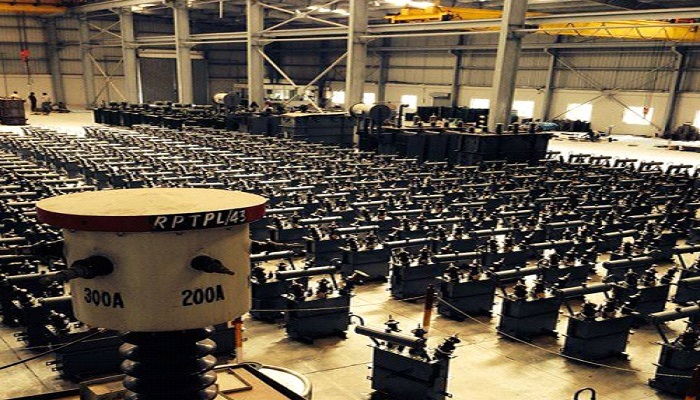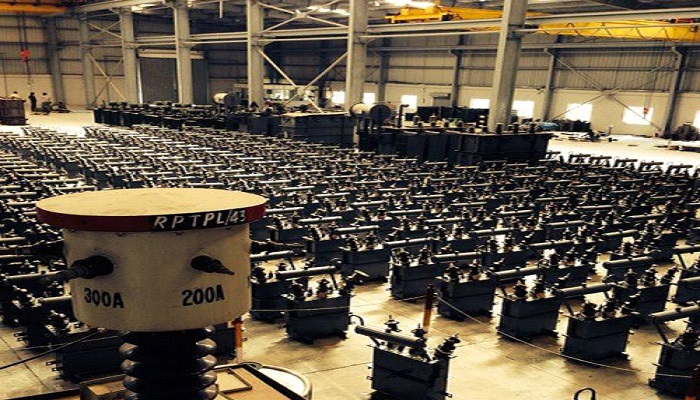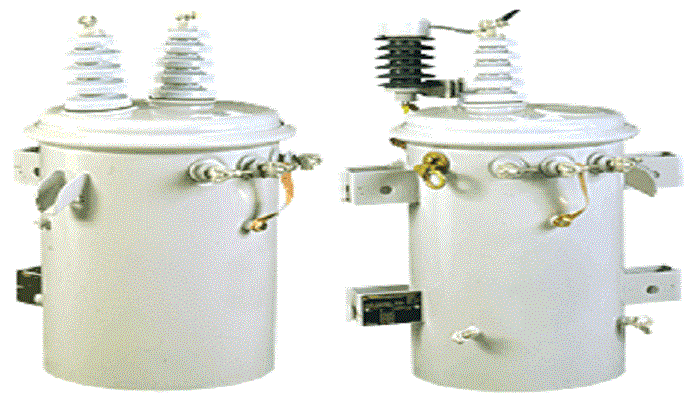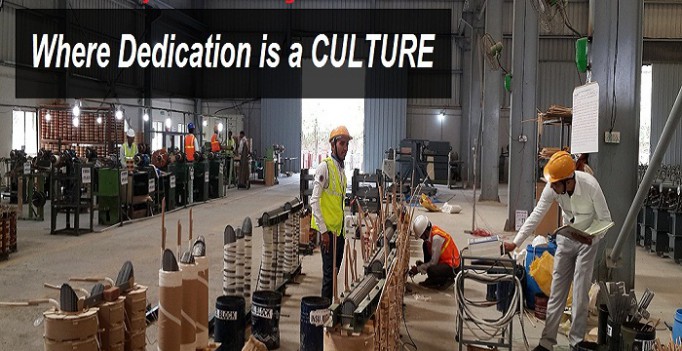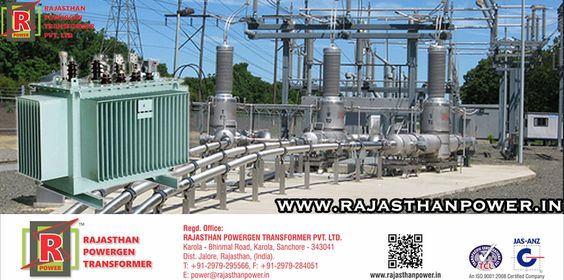Two primary concerns when choosing a transformer: the load and the application. Several factors must be evaluated while making the choice, to ensure that needs of both primary concerns are met.
Various factors which evaluate cost and capacity of transformer:
- Application of the Unit
Transformer requirements vary based on type of application. Requirement varies for different industries like steel industry, wind energy applications, textile industries, automotive industry etc.
For these industries, type of load (amplitude, duration, and the extent of non-linear and linear loads) and placement are key considerations.
- Insulation Type (Liquid-Filled or Dry Type)
- Liquid-filled transformers are more efficient, have greater overload capability, longer life expectancy and are better at reducing hot-spot coil temperatures.
- Dry type units are usually used for lower ratings
- Dry type insulation provides dielectric strength and ability to withstand thermal limits.
- Choice of Winding Material
Transformers use copper or aluminium for windings, as aluminium-wound units are more cost-effective.
Copper-wound transformers, is a better conductor and contributes to greater mechanical strength of the coil.
- Use of Low-Loss Core Material
Core choice is a crucial consideration, and core losses should be determined properly. Losses that occur in the core are due to hysteresis and eddy currents.
- Protection from Harsh Conditions
It is very important that transformer core, coils, leads and accessories are properly protected during harsh environments. Liquid-filled transformers should be of sealed-type construction, automatically providing protection for the internal components.
- Insulators
Dry-type transformer use insulators made from fibreglass. Liquid-filled transformers employ insulators made of porcelain.
- Regulation
The difference between the secondary’s no-load voltage and full-load voltage is a measure of the transformer’s regulation. Poor regulation means as the load increases, the voltage at the secondary terminals drops.
- Voltage Taps
Transformers, when connected to a utility system, are dependent upon utility voltage; when utility operations change or new loads are connected to their lines, the incoming voltage to your facility may decrease, or even perhaps increase.
- Life Expectancy
Transformers have a ‘nameplate’ kVA rating, which represents amount of kVA loading that result in the rated temperature rise under standard operating conditions and with that, life expectancy of transformer can be estimated.
- Overloading
Operating conditions can sometimes necessitate overloading of a transformer which results in heat and its dissipation.
- Insulation Level
The insulation level of a transformer is based on its basic impulse level (BIL). The BIL can vary for a given system voltage, depending upon the amount of exposure to system.
- Shielding
The application of shield between the primary and secondary coils of a distribution transformer is often accomplished when solid state equipment such as computers and peripherals are being served.
- Placing Transformers near the Load
Minimizing the distance between the unit and the principal load is beneficial as it is cost efficient and reduces energy loss.
- Accessories
Accessories are installed when required. Examples include stainless steel tanks and cabinets for extra corrosion protection etc.



